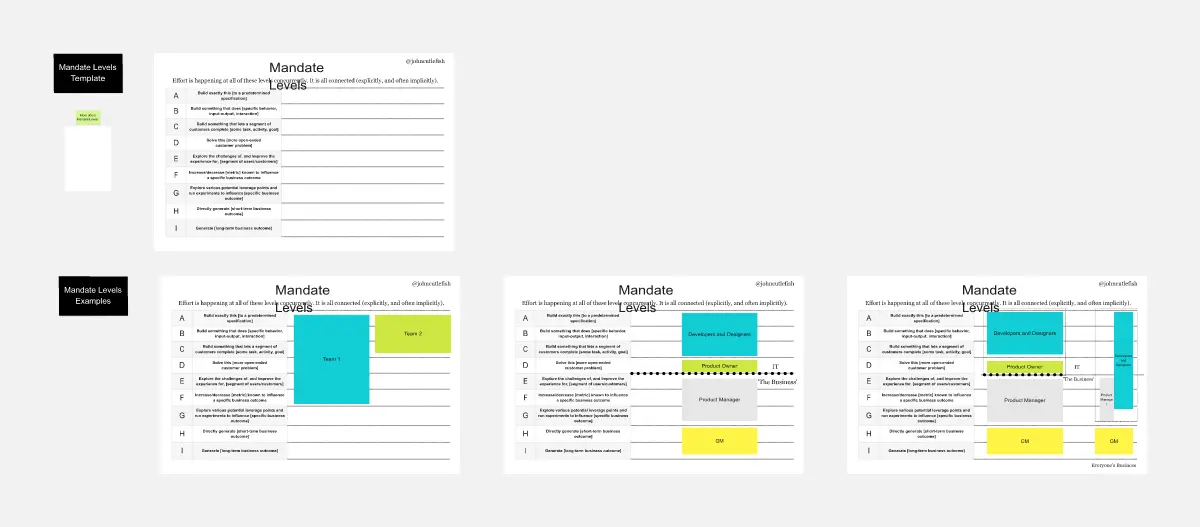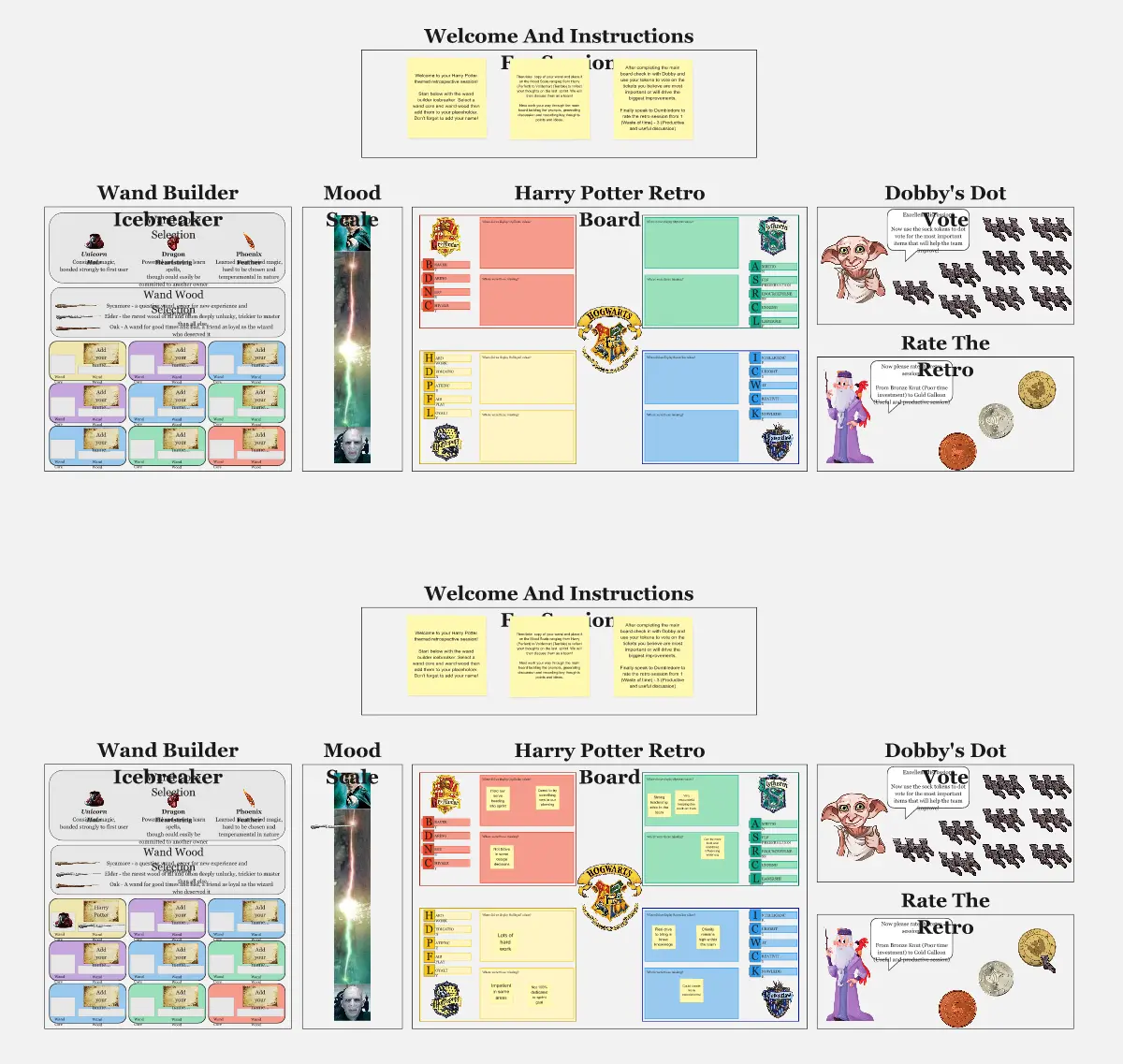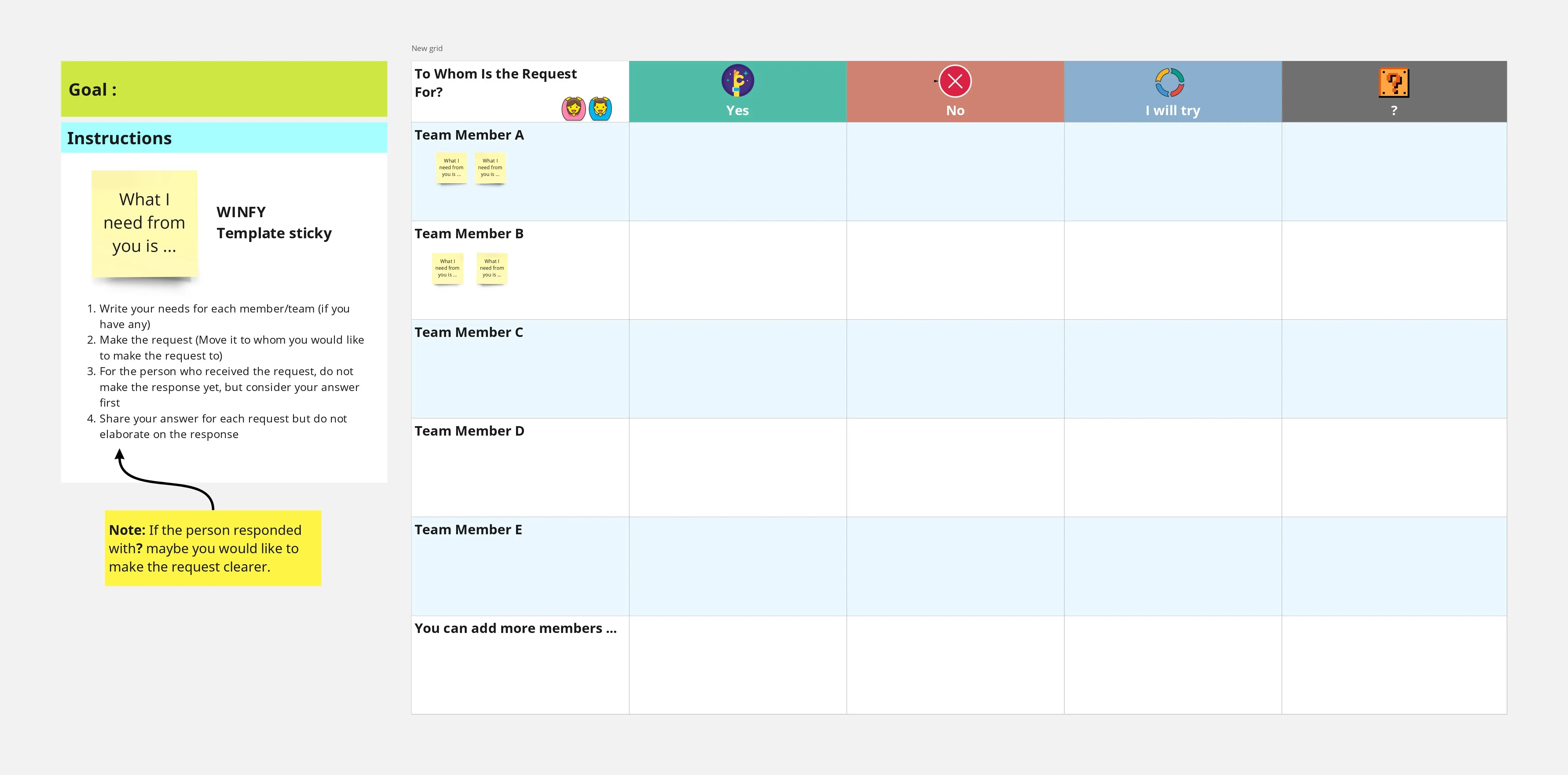Is your team focusing on what it should do? Or what it can do?
This template is for product leaders eager to shift the narrative around prioritization. All too often, teams have tunnel vision based on what they perceive to be feasible or realistic. It’s important to take a broader view.
The standard Impact/Effort matrix is helpful, but it often hides deeper issues. Work can be technically easy, but in the current context may be impossible. Impact/Effort also ignores the probabilistic nature of product work. If a team is chasing down an impactful opportunity, it has the leeway to "fail" many times in that journey. What do you think about "can" in that case? Or effort even? Is Can about skills? About the environment? These topics are worth a conversation with your team.
How to read the boxes on the board:
Box 1 represents the valuable things that we can't work on right now (things that are blocked).
Box 2 work is valuable AND possible, but only with a lot of unsustainable sacrifice. In short doses, Box 2 work can be very rewarding (challenging work is like that). As you practice, you can move it to Box 3. But when it is the norm—or when the challenges make your head hurt—Box 2 causes burnout. Over time, it causes Box 1 issues. It can also easily slip into Box 4 of Box 7 (see below).
Box 3 work is valuable, possible, and within a comfortable "can" range. It’s rare to only do Box 3 work in a dynamic environment. You can try, but you're likely ignoring unblocking Box 1, Box 8, Box 4, and Box 7. Box 3 work becomes Box 5 work. It degrades over time.
Boxes 4 and 7 have the same challenge as Box 2, but produce less value. Why would people expose themselves to that kind of challenge? A couple reasons. Box 7 might reflect work that feels valuable locally, but is not valuable in the big picture. Box 4 might be work on the cusp.
Box 5 is interesting. Some might call this the "low hanging fruit" box. It is reasonably valuable. Box 5 (and Box 3) might also represent the things we CAN do to dislodge Box 1 blockers, or make Box 2 work less straining.
Box 8 work is the easy stuff we do because we're blocked. You're going through the motions. Why would teams operate here? Well… Box 1, Box 2/4/7 burnout, etc.
Box 6 and Box 9 are rarely attempted. Hopefully. Never. Lol.
How to use this template:
Introduce the Can/Should matrix to the team, walk them through each box;
Take 10 minutes and ask everyone to think about their current commitments/projects. Let your teammates write everything down on sticky notes and place these sticky notes on the Can/Should matrix. Almost by definition, there will be no stickies in the Box 1 (or 6 and 7);
In a second round, ask the team to brainstorm things they should be focusing on, but can’t focus on those things for various reasons;
Kickoff a group discussion. Are there ways to make the challenging work (Boxes 2, 4, and 7) easier? Why are we continuing to work on items Box 8? Is it because we’re blocked in other areas? What needs to be unblocked to enable the team to address “should” work?
Make sure to make the conversation safe and accessible. This activity is all about surfacing assumptions, and hopefully challenging assumptions.
To learn more about Can/Should, check out this article.






